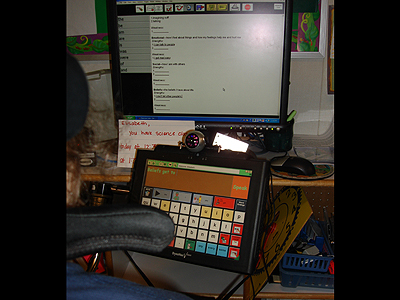
Activity 1: How I see Myself; How I see You
Learning about yourself: Students identify strengths and weaknesses in five key areas.
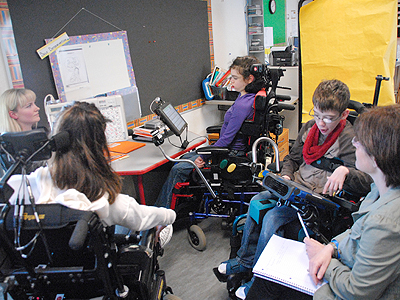
Activity 2: My Dreams, What is Important to Me
Developing self-knowledge: Students engage in activities to explore different possibilities.
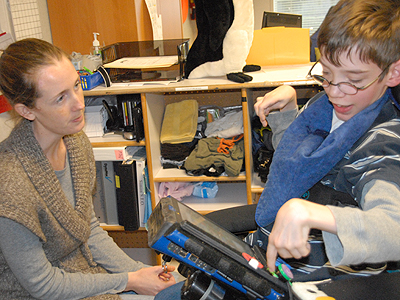
Activity 3: Myself at School
Developing self-knowledge in different environments: Students engage in discussions and writing activities to develop awareness about themselves as learners and document their learning styles and preferences.
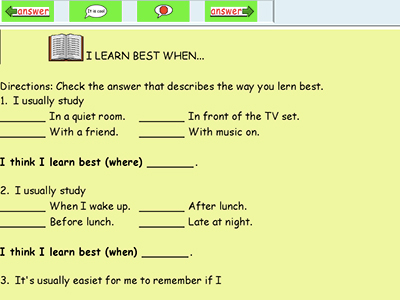
Activity 4: I Learn Best When…
Developing self-knowledge in different environments: Students engage in discussions and writing activities to develop awareness about themselves as learners and document their learning style and preferences.

Activity 5: I am Like…Silhouette Activity
Developing self-knowledge in different environments: Students engage in discussions and writing activities to develop awareness about themselves as learners and document their learning style and preferences.
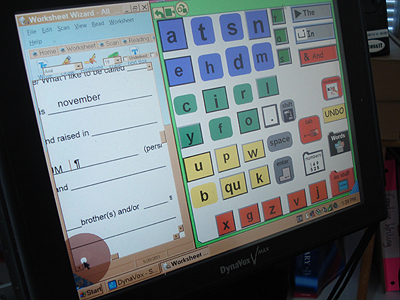
Activity 6: About Me Autobiography
Communicating about oneself: Students engage in writing activities that document autobiographical information.
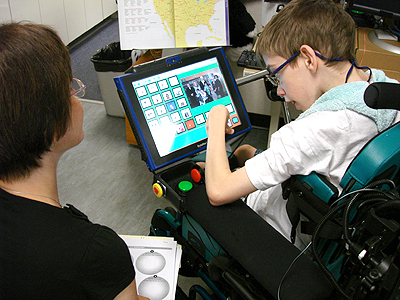
Activity 7: Framing A Future (FAF)
Expanding self-knowledge: Students identify what’s important to them and why.
Communication – Know Your AAC
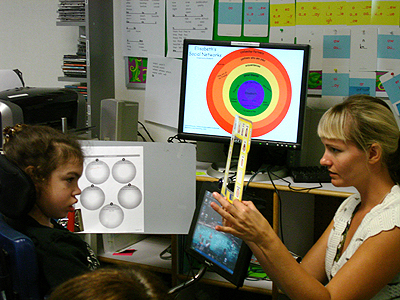
Activity 8: Social Networks
Know your AAC: Students use the Social Networks tool to identify, chart and discuss their social circles of communication partners.

Activity 9: “In Charge”
Caring for your AAC systems: Students discuss their AAC system components and the need to take responsibility for AACsystems.

Activity 10: The Name Game
Re-naming AAC devices and tools: Students engage in activities and discussions re-naming and personalizing their AACtools.
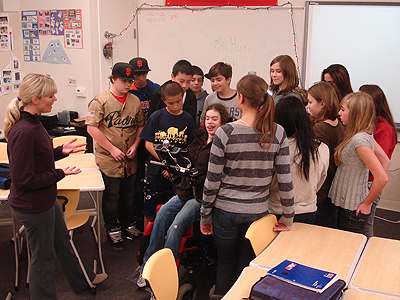
Activity 11: Talking with Technology
Taking responsibility for teaching others about AAC/AT: Students collaboratively create an Abilities- and- Similarities presentation to share with others.

